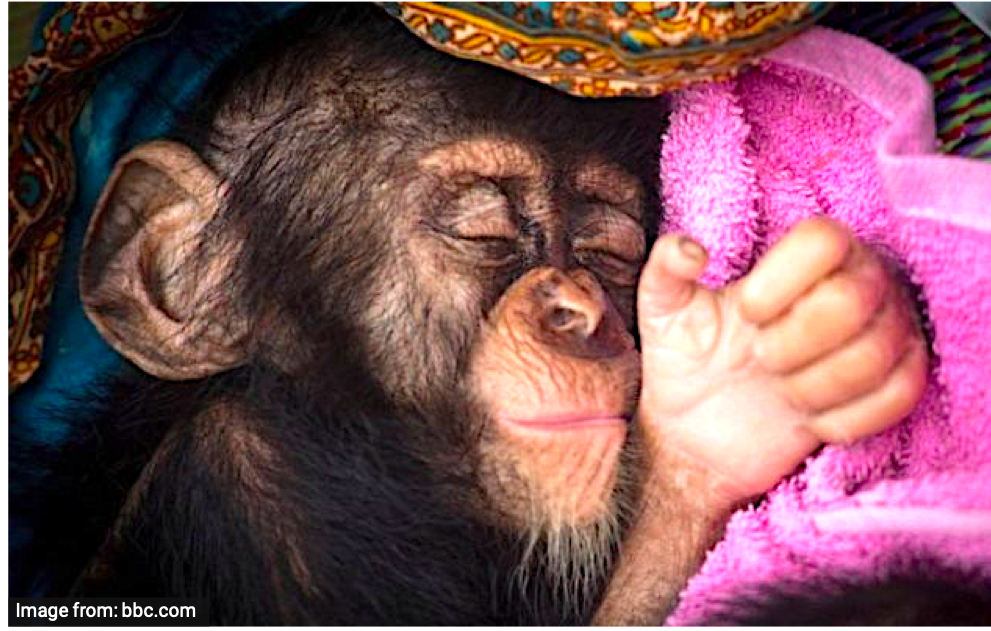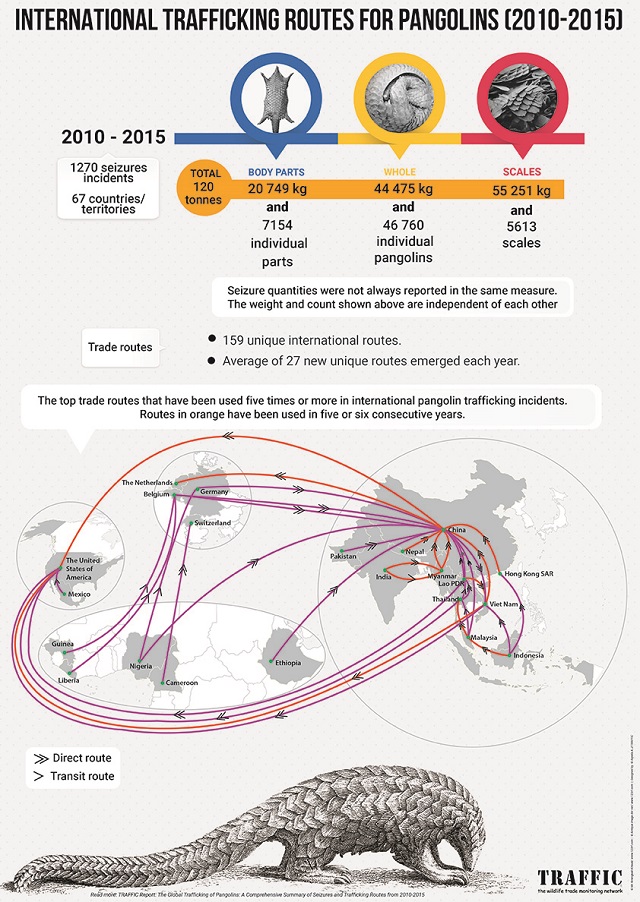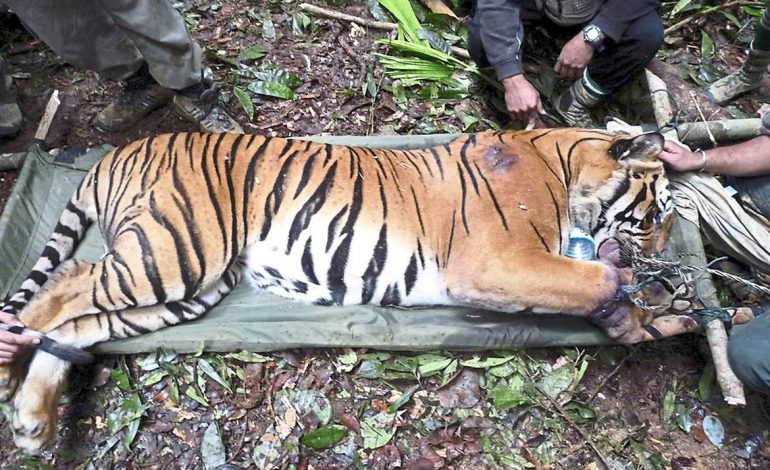
Wildlife is trafficked for the exotic pet trade, but that isn’t the only reason. (The first part of Wildlife Trafficking series is available here.)
The same baby gibbon, now arrived in a country where illicit wildlife trade happens behind a curtain, was once again put in a small cage in order for it to be ready to serve its purpose.
A place for the trade was set up, and before it knew it, the new owner was already there waiting for him to be handed over.
After money had been exchanged and the cage it was in had switched hands, the owner brought it home. The family seemed to love it at first. It was played with, given full attention and care, and properly fed.
Soon though, the nice treatment turned hostile. As it began to grow bigger and bigger, its wild instincts started to kick in and it became more violent by the month.
Unable to control and tame it anymore, the owner decided to take it out of the house. It was again put in a cage mercilessly, driven to an empty side road, let out, and left there to fend for itself.
It tried to survive on its own, and on some days even succeeded, but the time it spent confined to a home environment had suppressed its basic survival skills in the wild.
Barely a few weeks later, the baby gibbon died.
Its freedom was ripped apart when it was a baby just so it could become someone’s exotic pet and was left to die the moment it became who it was always supposed to be – a wild animal who should have remained in the wild.
Exotic pet trades
The poor baby gibbon was abducted from the wild to become someone’s pet, just like monkeys and other ape species such as chimpanzees, bonobos, and orangutans who often suffer the same fate in the illegal wildlife trade business, if not worse.
The demand for exotic pet trades has been booming in recent years. The baby gibbon may have made it to its owner’s home and lived there for a few months, but many of its friends die in transit or a few days after being held in captive due to loneliness, malnutrition, and overwhelming stress of confinement to an unnatural and uncomfortable environment.
Other than primates, birds also fall victim as pets in the wildlife smuggling. Just this month, authorities seized 815 birds belonging to four species: 38 white-rumped shamas, 10 oriental magpie-robins, 141 oriental white-eyes, and 626 munias.
The birds were being smuggled into Singapore using a Malaysia-registered bus, all crammed into 15 containers. Only 600 of them survived.
The more saddening fact is this isn’t the only fate for the wildlife when they are forced to live outside of their natural habitats.
Traditional Chinese medicine
Traditional Chinese medicine dates back to the third century B.C. Today, it has grown and practiced beyond China’s borders.
The practice depends heavily on animal derivative substances, and this has had a catastrophic effect on wildlife species and population.
For example, pangolins, the world’s most poached animal, is believed to be valuable in traditional Chinese medicine, especially its scales and blood. Stuffed pangolins on the other hand are normally sold as souvenirs.

Source: UNenvironment
In Malaysia’s biggest haul in Sabah early this year, authorities seized about 1,800 boxes of frozen pangolins in three refrigerated containers, 572 more frozen pangolins stored in six freezers, 61 alive pangolins in cages, and 361kg of pangolin scales.
The beloved Malayan tigers have also been rampantly hunted and poached for their body parts down to their whiskers and fat because they are believed to be of some value for Chinese traditional medicines, while their pelt and the remaining of the body may sell up to over RM200,000 in the black market.

Photo by PERHILITAN. Source: Star2
Rhino horns, sun bear and Asiatic black bear gallbladders, alligator meat and organs, deer’s musk, and Hawksbill Sea Turtles shells oils are excessively needed for traditional medicines, causing the number of each species to decline year by year.
Although the benefits of these organs and body parts to health are never medically proven by science, it is not enough to stop the poaching and illegal trades.
Arts and vanity
Another reason for wildlife trafficking is for its use in creating arts and vanity.
Elephants, for example, are mostly poached for their ivory for Asian arts and carvings since the 19th century. Although African elephants are more heavily poached than Asian elephants, according to the carvers, Asian elephants have ivories of better quality.
Elephant tusks are also useful for mundane items since the early 20th century such as piano keys and billiard balls, as well as for decorations and ornaments.
Python skin trade is flourishing in Malaysia especially in the fashion industry despite concerns from animal conservationists of the inhuman treatments and killing of the reptiles and the European Union (EU)’s ban on illegal skin trade.
Crocodiles, alligators, stingrays, lizards, ostriches, emus, and camels worldwide are subjected to the same fate. Their skins are harvested for shoes, handbags, and other exotic leather products.
Turtle shells are used to make jewellery, while rare cats and canids’ furs are targeted for coats, hats, and trim.
Wildlife meet cruel fate for the sake of humans’ satisfaction. Animals are dying and becoming extinct rapidly in the recent years.
Until people learn of the severity that wildlife trafficking causes on endangered animal populations and the vulnerable ecosystem, efforts to preserve will only be delaying the inevitable.
(The third and final part of this series will be published soon.)

